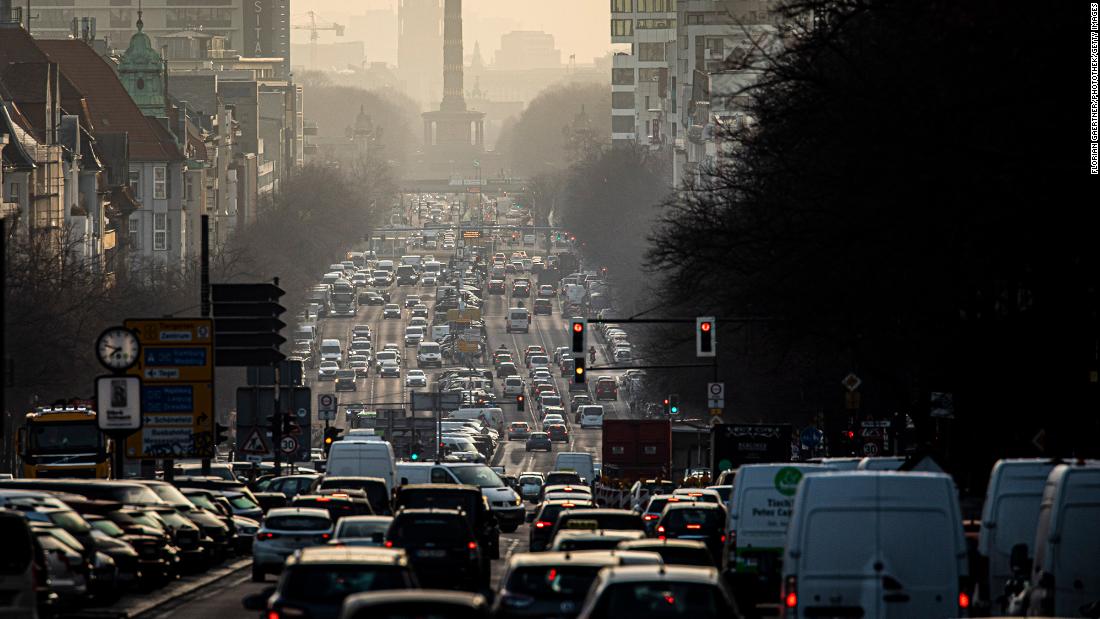IMF: economic recovery in Latin America until 2024 1:35
London (CNN Business) -
Global carbon dioxide emissions are projected to rise dangerously this year as the world economy recovers enormously.
In a new report, the International Energy Agency (IEA) estimates that carbon emissions from energy consumption are on track to increase by 1.5 billion tonnes in 2021, as heavy coal consumption in Asia, and in China in particular, it outpaces the rapid growth of renewable sources.
That would be the second largest annual increase in energy-related emissions in history.
"This is a dire warning that the economic recovery from the COVID crisis is currently anything but sustainable for our climate," Chief Executive Fatih Birol said in a statement.
"Unless governments around the world act quickly to start reducing emissions, we are likely to face an even worse situation in 2022."
The Paris-based group is sounding the alarm bells before 40 world leaders gather this week for a two-day summit on the climate crisis called by President Joe Biden.
Birol called it a "critical moment to commit to clear and immediate action."
When countries around the world were confined last year and people were ordered to stay home to limit COVID-19 infections, emissions dropped dramatically.
advertising
Follow
our climate coverage here
But any climate benefits from the pandemic seem destined to be short-lived.
The IEA estimates that global energy demand will increase by 4.6% in 2021 and exceed 2019 levels, fueled by rising energy consumption in developing economies and emerging markets.
Energy-related emissions are expected to end the year just below where they were in 2019, reversing 80% of the decline seen in 2020.
A resurgence in coal use is of particular concern, and demand is expected to approach its 2014 peak this year.
China is expected to account for 50% of the growth in global demand for coal.
Consumption in the United States and Europe is also increasing, but is expected to remain "well below pre-crisis levels."
Earlier this week, United Nations Secretary-General António Guterres called on developed countries to phase out the use of coal by 2030 and end the construction of new coal-fired power plants.
Analysis: what is President Biden's plan against the climate crisis?
Meanwhile, electricity demand is forecast to grow its fastest in more than a decade.
But there is good news: More than half of the increase in global electricity supply will come from renewable sources in 2021, driven in part by China's growing solar and wind energy production.
The IEA estimates are subject to "great uncertainty" given the lack of clarity about the trajectory of COVID-19 infections and vaccinations.
If the travel industry recovers earlier than expected, for example, the demand for energy will increase even more.
Coal




